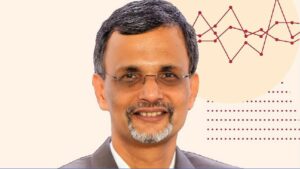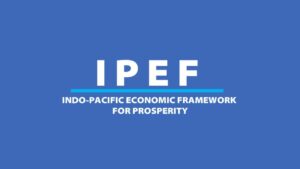Bangladesh introduced the concept of Microfinance, and India adopted it more as an inspiration rather than an imitation. The Indian approach to Micro Finance diverged from the Bangladesh model in two significant ways. Firstly, India incorporated its Public Sector bank system to deliver microfinance, establishing a connection between Self-Help Groups (SHGs), Non-Governmental Organizations (NGOs), and Banks. Secondly, the Indian Micro Finance strategy prioritized thrift over credit. SHGs in India were encouraged to emphasize savings, financial self-management, internal lending, and depositing savings in a bank.
Despite their differences, both models had a positive impact on reducing poverty. The Multidimensional Poverty Index (MPI) published by Oxford Poverty and Human Development Initiative (OPHI) and United Nations Development Programme (UNDP) suggest that there has been a steady decline in poverty in both countries over the last 15 years. Of course, other factors contributed to this decline, but the fact remains that microfinance has come a long way in both nations.
With the considerable growth of microfinance in India, there are still valuable lessons to be learned from Bangladesh and other countries. Bangladesh has not only experienced a notable shift in its economic structure, with manufacturing and exports propelling its output (GDP) and employment growth, but it has also witnessed remarkable improvements in social indicators, income levels, and rural entrepreneurship, primarily attributed to the influential role played by microfinance institutions.
A 2014 World Bank study analyzed the lasting effects of microcredit programs in Bangladesh. It revealed that these programs significantly increased the income and consumption levels of rural households. They contributed to over 10% of the overall reduction in extreme poverty during the decade spanning from 2000 to 2010. It also stated that this impact has been instrumental in preventing Bangladesh from experiencing the rise in income inequality that numerous developing nations have encountered.
A closer look at Bangladesh’s approach reveals that the Grameen Bank and BRAC (earlier known as Bangladesh Rural Advance Committee) created a self-sustaining lending and borrowing system without collaterals. Their focus was on village women who were grouped to take collective responsibility for their business, and every member was not necessarily borrowing; some were depositing their surplus for lending. The system achieved an average repayment rate of 97% and, more importantly, promoted a wave of entrepreneurial activity at the rural level, effectively changing the structure of the Bangladeshi economy (according to a Singapore Management University paper – 2008).
While this sounds similar to the initiatives in India, the transformation in Bangladesh has been more spectacular. Different scholars have attributed this difference to various lacunae. Prof Nisha Taneja of the ICRIER remarked that these institutions connected at the ground level in Bangladesh won people’s trust and disincentivized default. Prof Kaushik Basu highlighted that women have been central to Bangladesh’s microfinance institutions. The World Bank pointed out that the country has made significant strides in many dimensions of gender equality, creating opportunities for women and girls from all walks of life – reducing fertility rates, achieving gender parity in schooling, and paving the way for millions of women to work in garments sector – in the past decade.
Bangladesh Bank – the country’s central bank, pointed out that all the programs are targeted at the functionally landless rural poor, and generally, MFIs provide small, un-collateralized one-year term loans to individuals belonging to jointly liable peer groups.
From the analysis of Bangladesh’s success in its MFI efforts by various sources, it emerges that finance is only one aspect of the equation. There is a strong need for a more holistic approach considering multiple social development factors, such as healthcare, education, inclusion, and financial security at various levels.
Research conducted by the SPJIMR Centre for Financial Innovation suggests that there are alternative strategies that microfinance institutions in India can adopt to enhance and extend their offerings. For instance, emulating the approaches of Kenya and Nepal, institutions can concentrate on augmenting the number of savings accounts by providing enticing incentives like free account opening and waiving minimum balance requirements. This focus on increased savings can protect against unexpected crises and contribute significantly to achieving financial inclusivity.
Moreover, these institutions can extend insurance coverage to farmers, shielding them from unforeseen setbacks and stimulating the cultivation of high-risk, high-yield cash crops. Such innovative measures within the microfinance sector can foster closer collaborations between microfinance institutions and the education, healthcare, water, and sanitation sectors. This can help establish trust among individuals, discourage defaults, enhance profitability, and potentially encourage more participants to engage in microfinance, triggering a positive ripple effect.
Recently, there have been reports of microfinance lenders contemplating establishing a specialized funding institution to address the sector’s persistent funding gaps. This dedicated institution aims to ensure a consistent and long-term flow of funds, particularly during challenging periods when the sector requires them the most. This, by itself, is a laudable initiative but without a more comprehensive solution to the progress and development of its end-users, it could become a classic case of too little, too late.






















